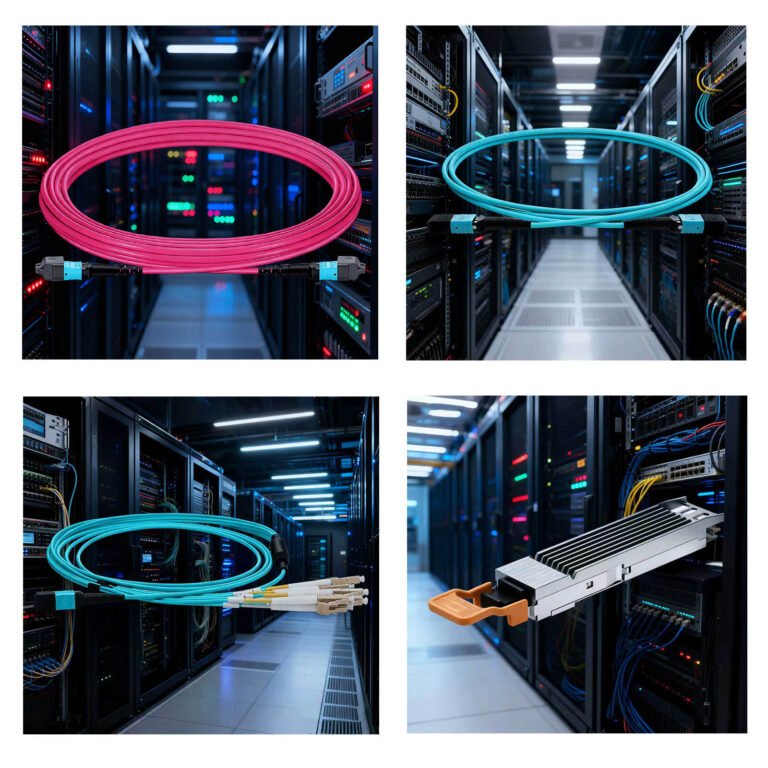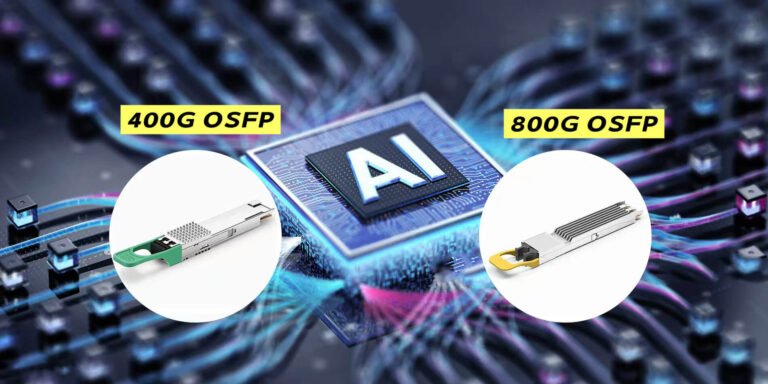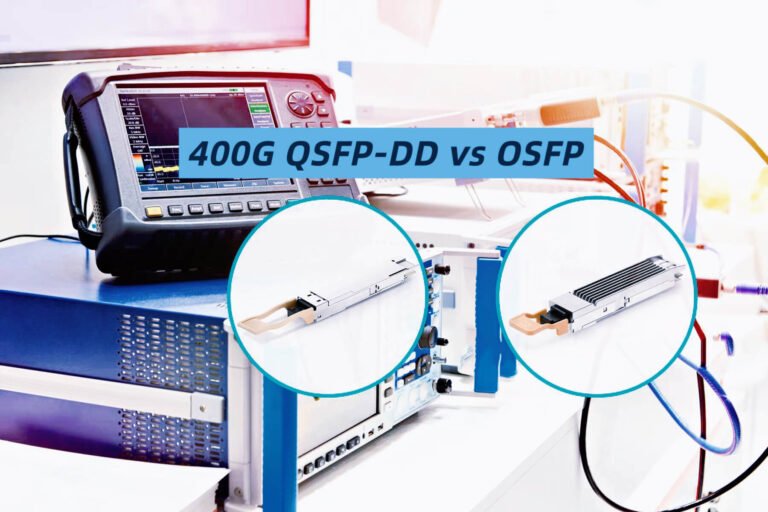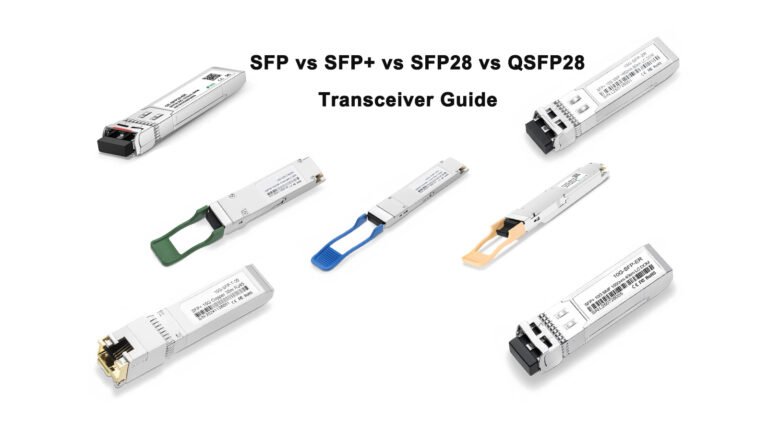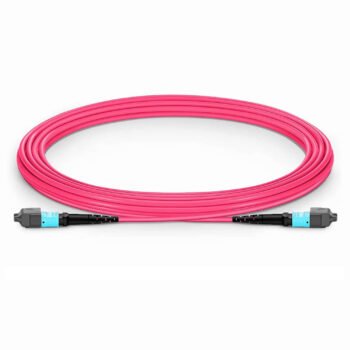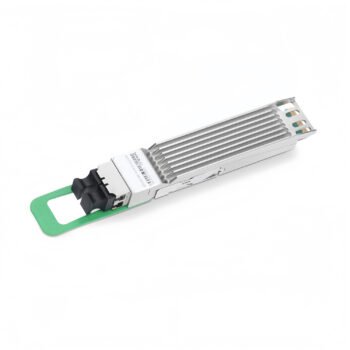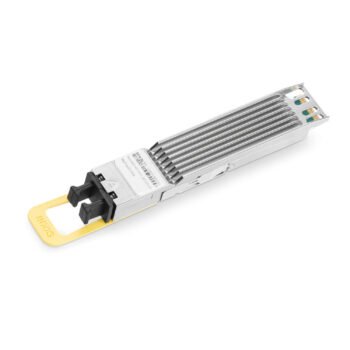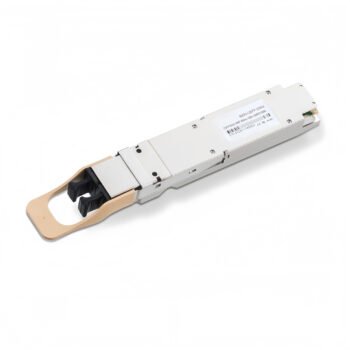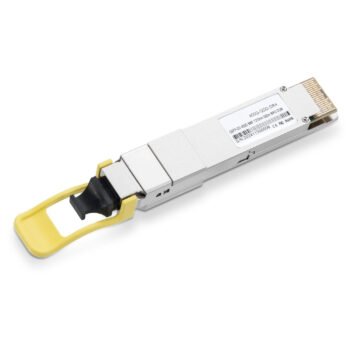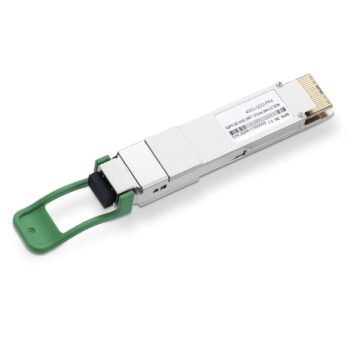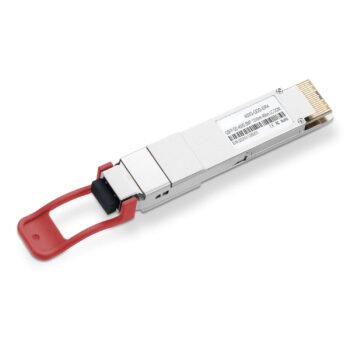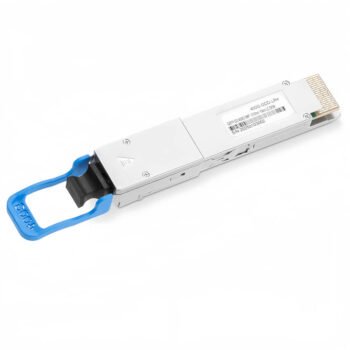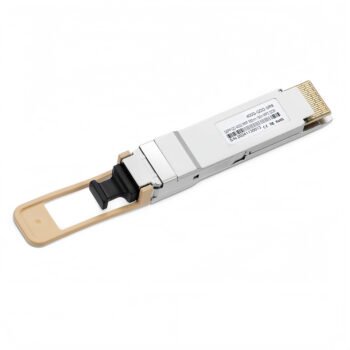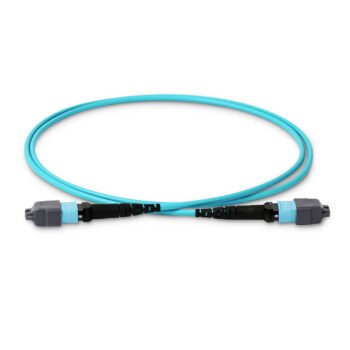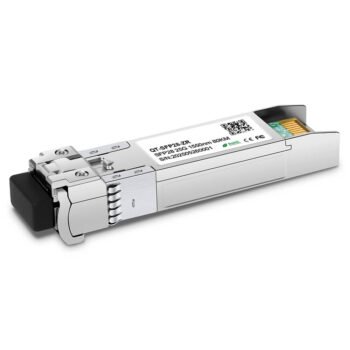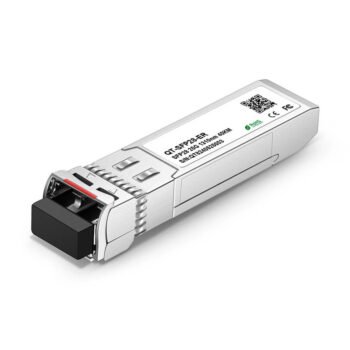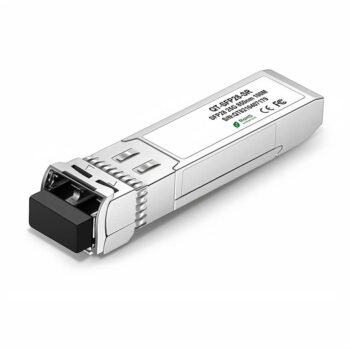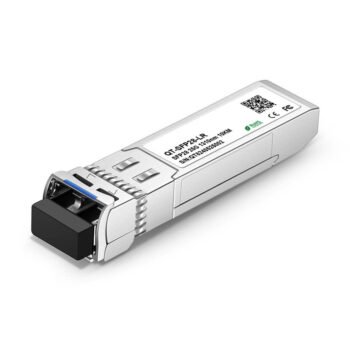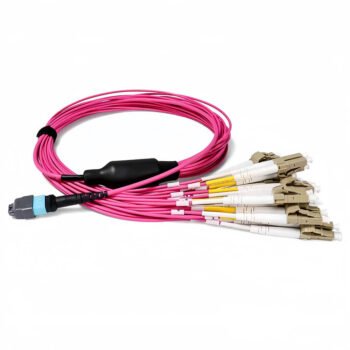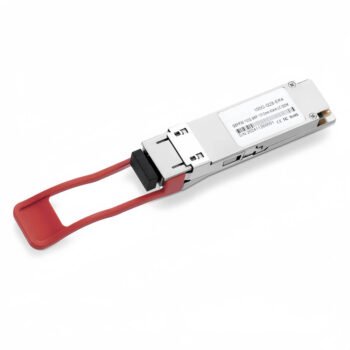400G QSFP-DD vs OSFP: How to Choose the Right Module (SR8, DR4, FR4, LR4) in 2025?
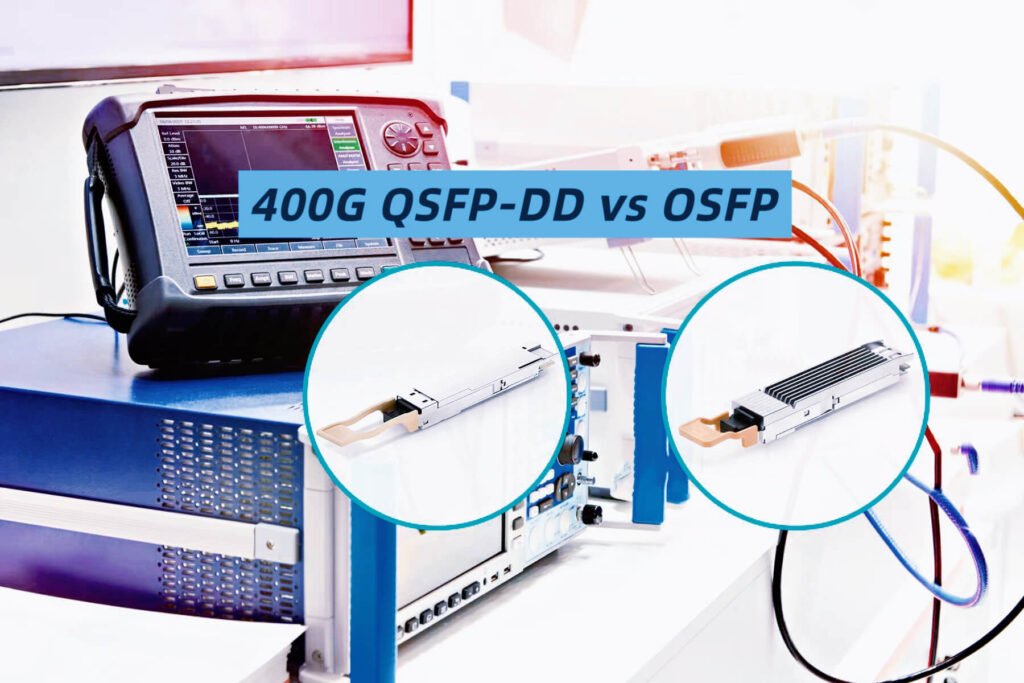
The shift to 400G networking is no longer optional for hyperscale data centers, AI/ML clusters, and 5G backbones. But procurement teams face a dilemma: QSFP-DD or OSFP? SR8, DR4, LR4, or 400G-QDD-FR4 Transceivers? Costs are high, compatibility worries are real, and lead times are shrinking. This guide cuts through the noise.
Snippet (Featured Answer):
400G QSFP-DD and OSFP both deliver 400Gbps using 8×50G PAM4 lanes. QSFP-DD is backward compatible with QSFP28, ideal for gradual upgrades. OSFP is slightly larger, with better thermal management, supporting higher power optics for AI and HPC clusters. SR8 is best for ≤100m multimode, DR4 for 500m SMF, FR4 for 2km, and LR4 for 10km links. 1
I saw this debate firsthand at a client’s AI training cluster deployment. The vendor recommended OSFP for cooling efficiency, but the network team needed QSFP-DD for reuse of existing QSFP28 panels. The compromise? A dual-path strategy: QSFP-DD for core aggregation and OSFP for GPU-to-GPU interconnects. The result—smooth migration without forklift upgrades.
What are the differences between 400G QSFP-DD and OSFP form factors?
Both QSFP-DD and OSFP were created to handle 400G and beyond, but their design philosophies differ.
Snippet:
QSFP-DD extends QSFP to double density (8 lanes) while keeping the same compact size, ensuring backward compatibility with QSFP28. OSFP is a new, larger module with improved cooling and higher power support, but no backward compatibility. 2
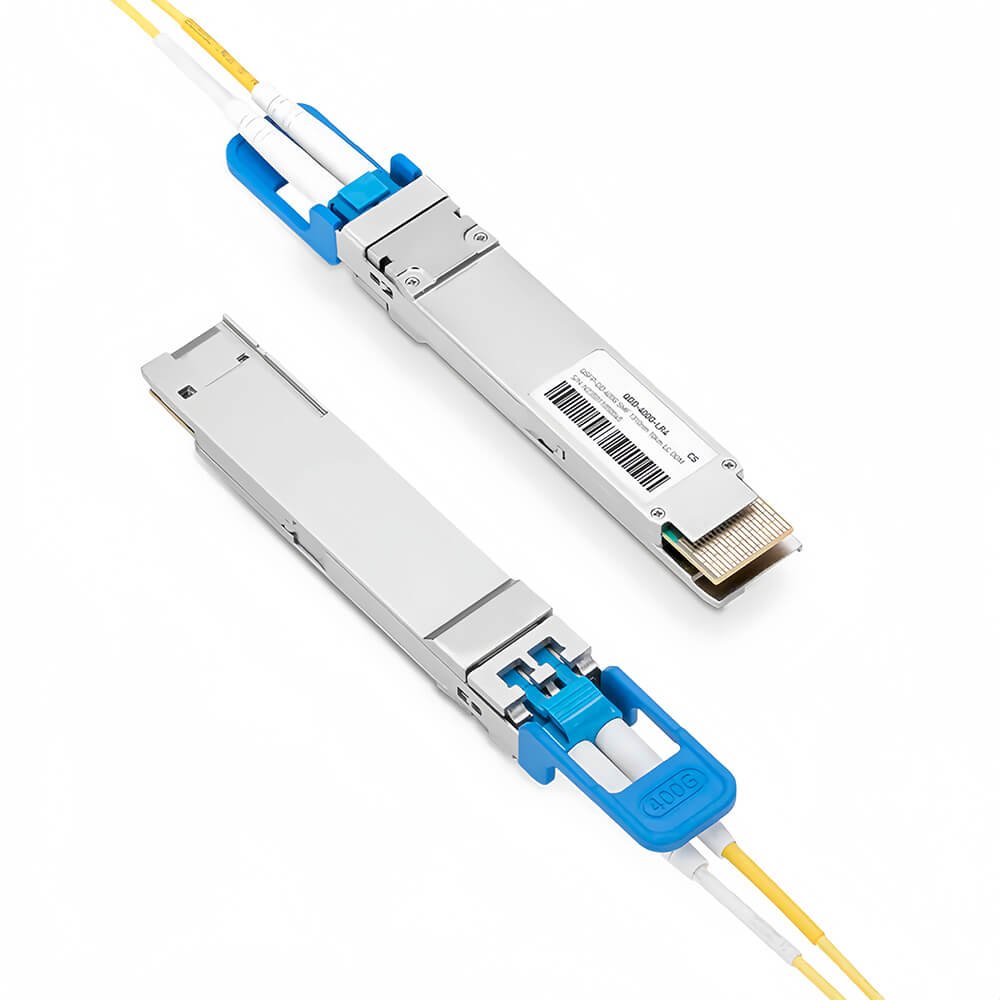
QSFP-DD (Quad Small Form Factor Pluggable – Double Density)
- Derived from QSFP form factor, doubles electrical lanes to 8×50G PAM4.
- Backward compatible with QSFP28 ports.
- Compact design for smooth upgrades in data centers.
- Power dissipation up to ~14–16W.
- Common for 400G SR8, DR4, FR4, LR4 optics.
OSFP (Octal Small Form Factor Pluggable)
- Brand-new form factor, slightly wider and deeper than QSFP-DD.
- No backward compatibility with QSFP28.
- Better thermal management, handles 15–20W+ optics.
- Supports future 800G optics (8×100G PAM4).
- Strong fit for HPC, AI/ML fabrics, and 5G networks.
| Feature | QSFP-DD | OSFP |
|---|---|---|
| Size | Compact, same as QSFP28 | Larger, wider, deeper |
| Backward comp. | ✅ Yes (QSFP/QSFP28) | ❌ No |
| Power support | ~14–16W | Up to 20W+ |
| Cooling | Moderate | Excellent, more surface area |
| Upgrade path | Smooth to 400G from 100G | Future-proof for 800G |
| Ecosystem | Strong, widespread | Growing fast in AI/HPC clusters |
SR8 vs DR4 vs FR4 vs LR4: Which 400G optics fit your distance and fiber plant?
400G modules come in several optical variants. Picking the right one depends on reach, fiber type, and connector availability.
Snippet:
SR8: ≤100m OM3/OM4 MMF with MPO-16. DR4: 500m SMF with MPO-12. FR4: 2km SMF with duplex LC. LR4: 10km SMF with duplex LC. Match reach and fiber plant before ordering. 3
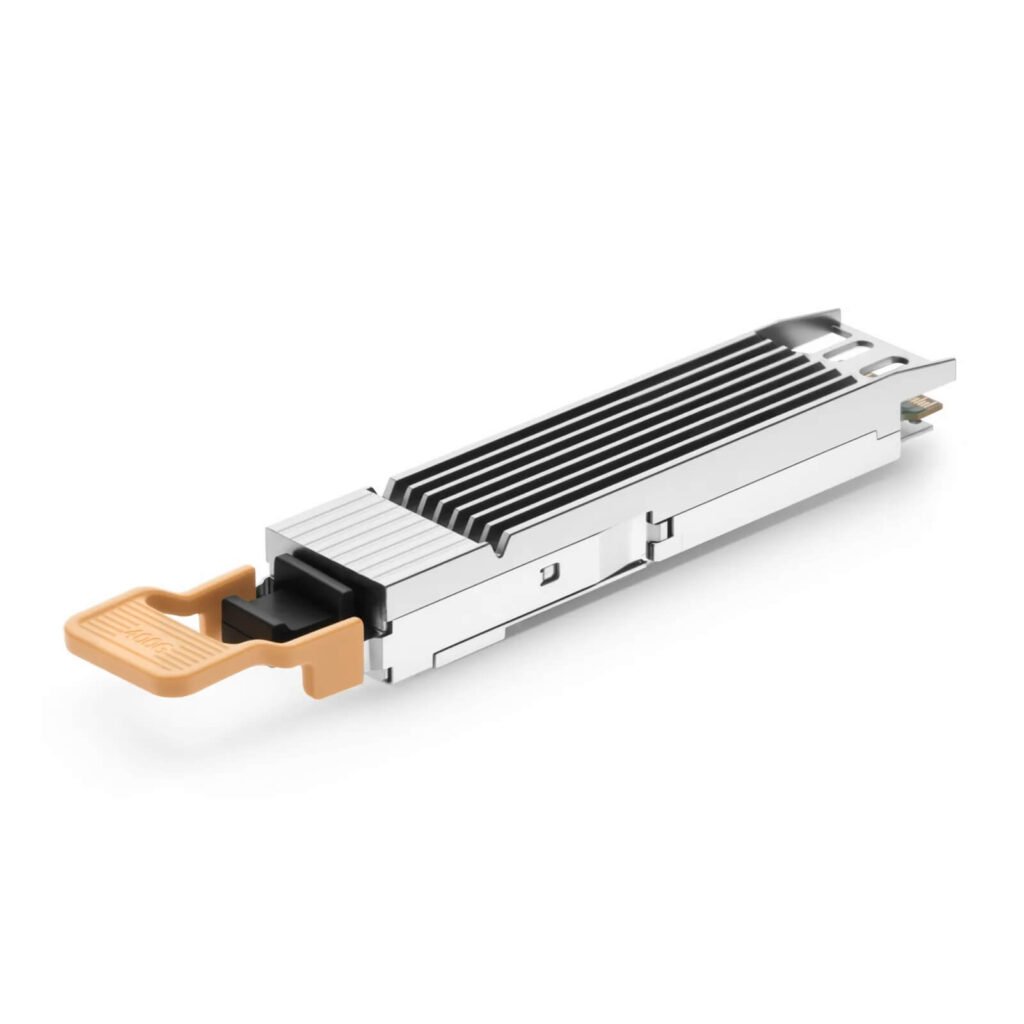
Quick comparison of 400G optical types
| Module | Reach | Fiber Type | Connector | Typical Use |
|---|---|---|---|---|
| 400G SR8 | 70m (OM3), 100m (OM4) | MMF | MPO-16 | Short-reach in racks, leaf-spine |
| 400G DR4 | 500m | SMF | MPO-12 | Campus, TOR–spine links |
| 400G FR4 | 2 km | SMF | LC duplex | Metro/DCI short-haul |
| 400G LR4 | 10 km | SMF | LC duplex | Metro aggregation, DCI |
Pro tip: FR4 often wins on total cost for 1–2 km links since it uses just 2 fibers, while DR4 consumes 8. But if your backbone is already MPO-12 based, DR4 simplifies rollout. 4
Where are 400G modules used in real-world projects?
The jump to 400G is driven by workloads, not marketing. Here’s where they land:
Snippet:
400G transceivers are widely used in AI/ML clusters, hyperscale cloud, high-performance computing, 5G transport, and metro/DCI interconnects. OSFP is favored in AI fabrics for cooling, while QSFP-DD fits upgrades from 100G QSFP28. 5
Typical applications
- AI/ML clusters: OSFP SR8 or DR4 between GPU servers.
- Hyperscale data centers: QSFP-DD FR4 for spine-to-spine.
- HPC fabrics: OSFP LR4 where long SMF reach is required.
- 5G metro transport: QSFP-DD LR4 for 10 km links.
- DCI (Data Center Interconnect): FR4 or LR4 depending on site distance.
Compatibility & coding: avoiding vendor lock-in
400G modules are expensive. Avoid paying OEM premiums without testing.
Snippet:
Request CMIS compliance, coding screenshots, and DOM accuracy proof from vendors. Run a quick acceptance checklist (loopback, BER, DOM). This prevents lock-in and ensures multi-vendor operation. 6
Quick acceptance checklist
- Insert into target NOS (Cisco, Arista, Juniper).
- Run
show interface transceiver—check coding. - Verify DOM/DDM data (Tx/Rx, temp, Vcc).
- Loopback test for BER errors.
- Confirm reach against fiber plant.
ABPTEL advantage in 400G procurement
Choosing between OEM and third-party can make or break budgets. Here’s why ABPTEL stands out:
- Price advantage: competitive vs OEM with global delivery.
- After-sales support: fast DOA replacement and RMA SLA.
- OEM/ODM options: custom EEPROM coding, labeling, packaging.
- 400G product line: QSFP-DD and OSFP, covering SR8, DR4, FR4, LR4.
- Logistics: stable stock on SR8/DR4, predictable lead time on FR4/LR4.
Explore: 400G QSFP-DD/OSFP Transceivers
A simple decision tree for 400G rollout
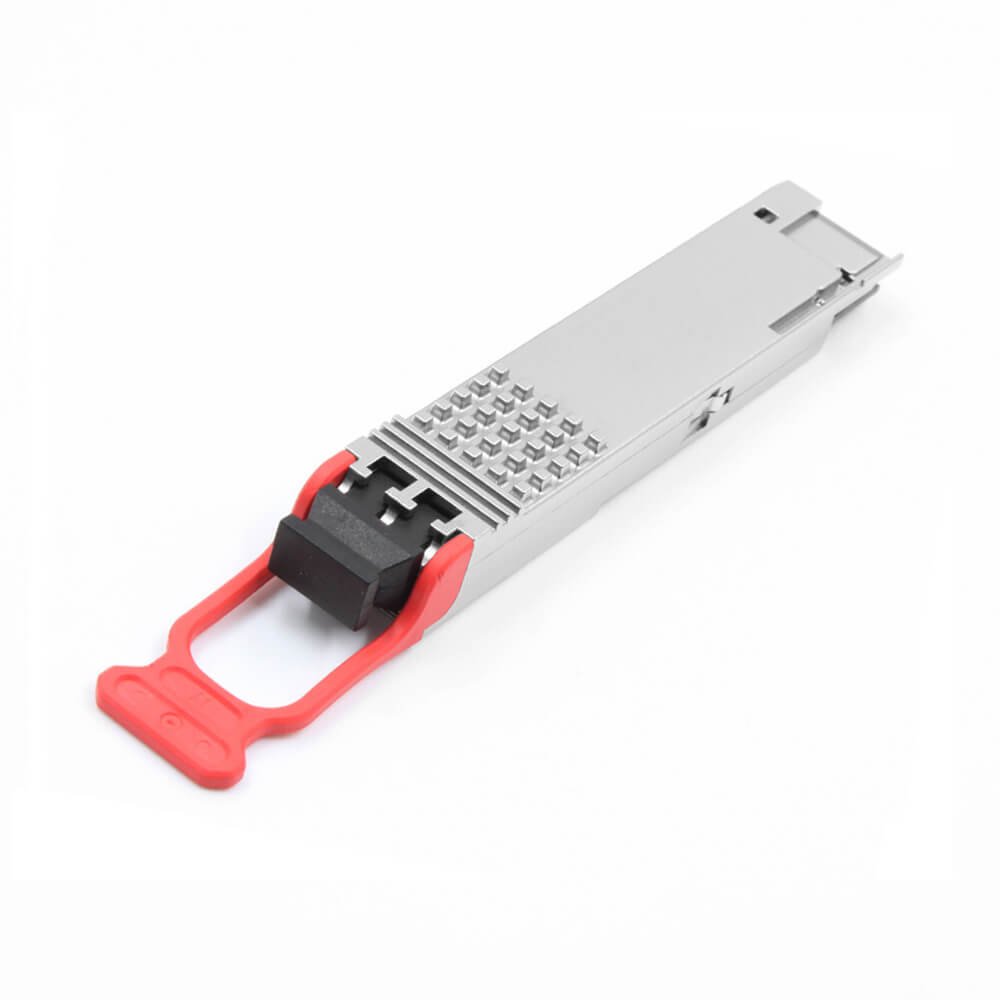
Step 1: What’s your distance?
- ≤100m → SR8 (MPO-16)
- 500m → DR4 (MPO-12)
- 2 km → FR4 (LC duplex)
- 10 km → LR4 (LC duplex)
Step 2: What’s your fiber plant?
- OM3/OM4 MMF → SR8
- SMF backbone (MPO-12) → DR4
- SMF duplex LC → FR4/LR4
Step 3: Platform choice
- Need backward compatibility → QSFP-DD
- Need future 800G scalability → OSFP
Call to action
Ready to evaluate 400G?
- Browse: 400G QSFP-DD/OSFP Transceivers
- Explore: AOC & DAC Cables for ≤30m links.
- Learn: MTP/MPO Cables for backbone builds.
📧 Email Candy (Shenzhen, China) at Candy@abptel.com for samples, quotes, and OEM/ODM requests.
-
IEEE 802.3 standards for 400G Ethernet: https://www.ieee802.org/3/ ↩
-
QSFP-DD MSA specifications: https://www.naddod.com/collections/infiniband-ndr ↩
-
OSFP MSA specifications: https://osfpmsa.org/ ↩
-
400G SR8/DR4/FR4/LR4 reach and connector notes: https://community.fs.com/blog/400g-transceiver-overview.html ↩
-
400G market trends (AI/ML, HPC adoption): https://www.650group.com/ ↩
-
CMIS/SFF compliance for transceiver management: https://snia.org/forums/sff ↩

